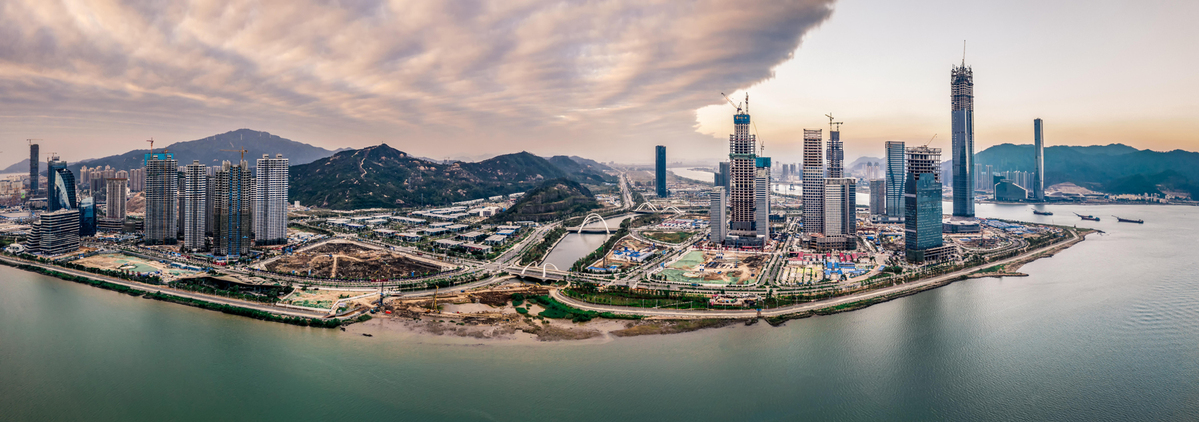Coastline to provide natural storm defense


Authorities plan to use the existing environment to ensure improved protection from typhoons in the Greater Bay Area. Chen Zimo reports from Hong Kong.
Coastal areas across the Guangdong-Hong Kong-Macao Greater Bay Area are to be fortified against "once-in-a-century typhoons", which, despite the name, seem to be arriving more frequently.
Super typhoons have become a plague along the coasts of Hong Kong and Guangdong province, prompting governments to preserve and recreate natural seashores.
References to Typhoon Hato (2017) and last year's Typhoon Mangkhut prompt painful recollections of catastrophic winds and storm surges - one indelibly imprinted image is of a storm surge, five stories high, smashing into Heng Fa Chuen, a private housing complex in Chai Wan in the east of Hong Kong Island.
The complex, on land reclaimed from a pebble beach, was developed in the 1970s by the Mass Transit Railway Corp and was connected to the MTR's undersea tunnel nearby.
From the beginning, there were reports of severe flooding during extreme weather. Heng Fa Chuen, on the frontline of the typhoon track, suffered heavy damage every time a major storm struck. Among the most notable events were Typhoon Nesat in 2011 and Typhoon Hagupit in 2008.
In November, two months after Mangkhut struck, the Hong Kong Special Administrative Region government promised to commission a study of low-lying coastal areas and other districts vulnerable to high winds to assess the impact of wind and waves.
The city's Civil Engineering and Development Department is arranging funding and choosing consultants for the work, which is expected to begin soon and should be completed late next year.
However, Heng Fa Chuen and other low-lying areas will have to wait at least two years before a solution becomes evident.
One expert urged the government to move faster. Piet Dircke, a specialist in the field of flood protection, said there is a time limit for undoing the damage following a disaster.
"After a flood, I usually tell city authorities 'you now have five years to move fast and make decisions'," he said, noting that within that time frame related images remain etched in public consciousness and demand for relief remains high.
After that, memories fade, so when large restoration and protection projects are proposed, people begin to think, "It wasn't so bad. Do we really need all of this?".
Dircke added that constructing and rebuilding waterfront barriers takes considerable time, especially when land must be reclaimed. In addition, there are high costs to consider. "You don't talk in years, but in decades," he said.
- China's top court highlights domestic violence cases to raise awareness
- Tibetan large language foundation model launched in Lhasa
- Macaque survives over a year after pig kidney transplant in China
- Chinese scientists develop broad-spectrum nanobodies for tick fever treatment
- Senior CPC official attends meeting on Beijing's planning, construction
- Over 50 new foreign academicians elected to China's top academic institutions




































